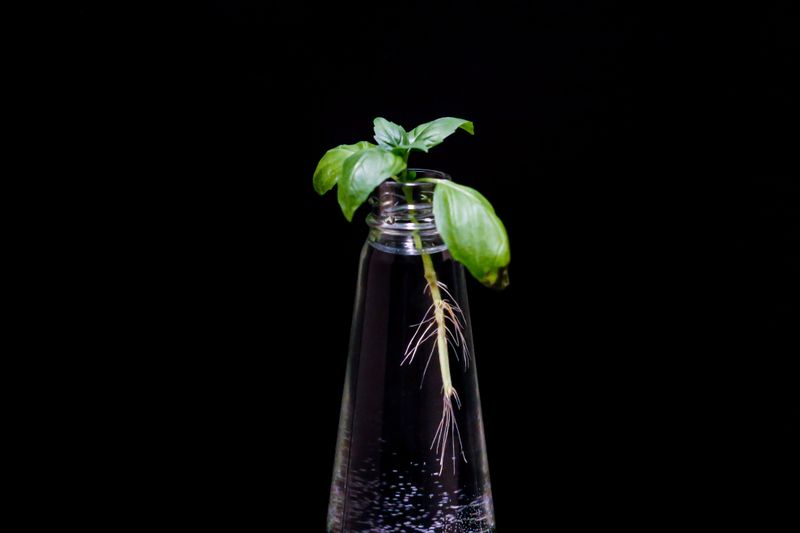
This logo isn't an ad or affiliate link. It's an organization that shares in our mission, and empowered the authors to share their insights in Byte form.
Rumie vets Bytes for compliance with our
Standards.
The organization is responsible for the completeness and reliability of the content.
Learn more
about how Rumie works with partners.
Would you like to learn an easy way to use up the produce scraps in your kitchen?

Starting a kitchen scrap garden is the best way to make use of the parts of the plant that you don't normally eat and might end up throwing in the compost bin.
You can save money and reduce waste while doing it!

What Can I Grow?
Anything you grow needs to be fresh, meaning uncooked, and not dried or frozen.

Get started with:
Herbs likerosemary, thyme, mint, basil, and oregano.
Leafy veggies like romaine lettuce, cabbage, and bok choy.
Root vegetables like beets, carrots, celery root, and parsnips.
Bulb vegetables like onions, green onions, fennel, leeks, and garlic.
Tuberous root vegetables like sweet potatoes.
Seeds from fruits like mangoes, avocados, lemons, and strawberries.

Growing Herbs and Leafy Greens
Herbs are the simplest to grow.
Grow leafy greens like lettuce by saving the base.
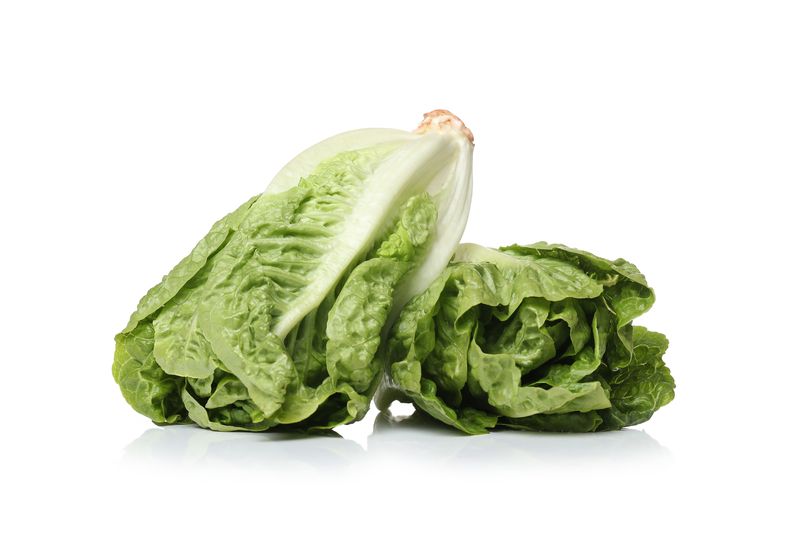
Tear off the leaves from the lettuce.
Put the base in a shallow container with water and place it in a sunny spot.
New leaves will start growing in time.

You could even try growing a second head of cabbage from scraps!
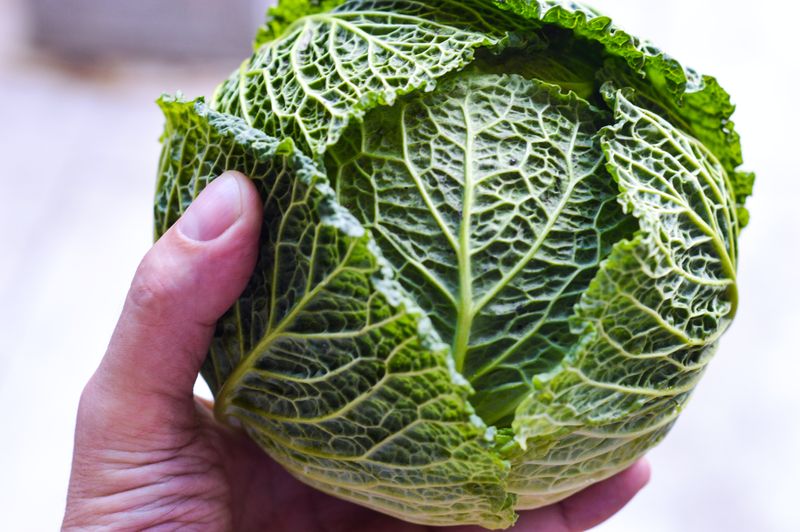 Photo by henry perks on Unsplash
Photo by henry perks on UnsplashCut a small cross in the base of the cabbage.
Place it in the soil, give it some water and sunlight.
Wait for some days, it will regrow the second head of cabbage.
Quiz
How would you grow Romaine Lettuce from scraps?
Growing Root Vegetables
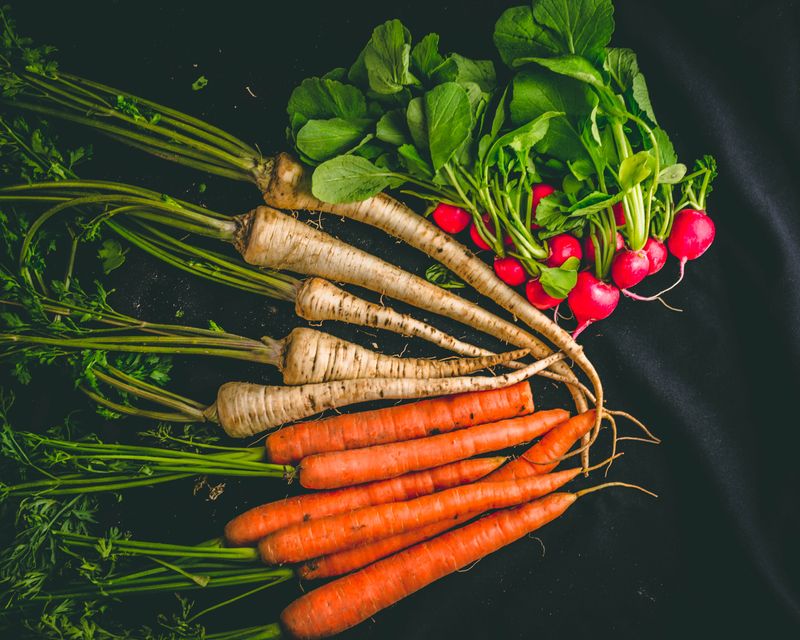 Photo by Tamas Pap on Unsplash
Photo by Tamas Pap on UnsplashFor root veggies like carrots and beets just use the chopped-off tops.
Place the tops in a shallow container of water.
Now, wait.
After a few days, you will see new green growth from the top.
The roots can regrow but they will need soil and extra time. If you don't want to wait you can eat the green leaves that grow.

Sweet potatoes are tuberous roots that can be grown easily.
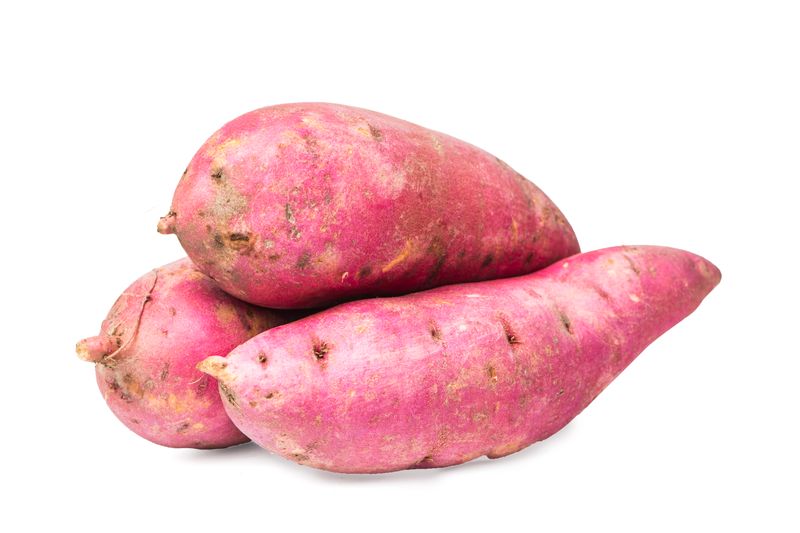
Cut a sweet potato in half.
Stick toothpicks in a circle around the top quarter of the potato.
Place half-submerged in a glass container of water (the toothpicks will hold it over the glass).
Place it near a sunny window and within a few weeks, it will start developing sprouts and roots. Cut off one or more sprout/root combinations and plant in a soil-filled pot.
Watering and giving it lots of bright light should help the plant grow well.
Quiz time!

Johanna wanted to grow some potatoes. She cut a piece off the potato and placed it in soil. It did not grow.
Quiz
What could be the reasons it didn't grow? Choose all that apply.
Plant a piece of an older potato in soil with the eye facing up for it to grow.
Did you know?
Growing Plants From Seeds

Small seeds from fruits like lemons, limes, and oranges can be sowed directly into moistened soil. They should sprout in about 2–6 weeks. These plants can take many years to grow fully before bearing any flowers or fruits.

To learn how you can grow tropical fruit plants like avocados or mangoes from their large seedscheck out this link and this link.

If you're keen to grow strawberries from seeds, visit this link.
Take Action
Whether you have a window or backyard, all you need to do is check your fridge and get growing!

This Byte has been authored by
Ashley Fly
Instructional Designer/Primary Teacher
